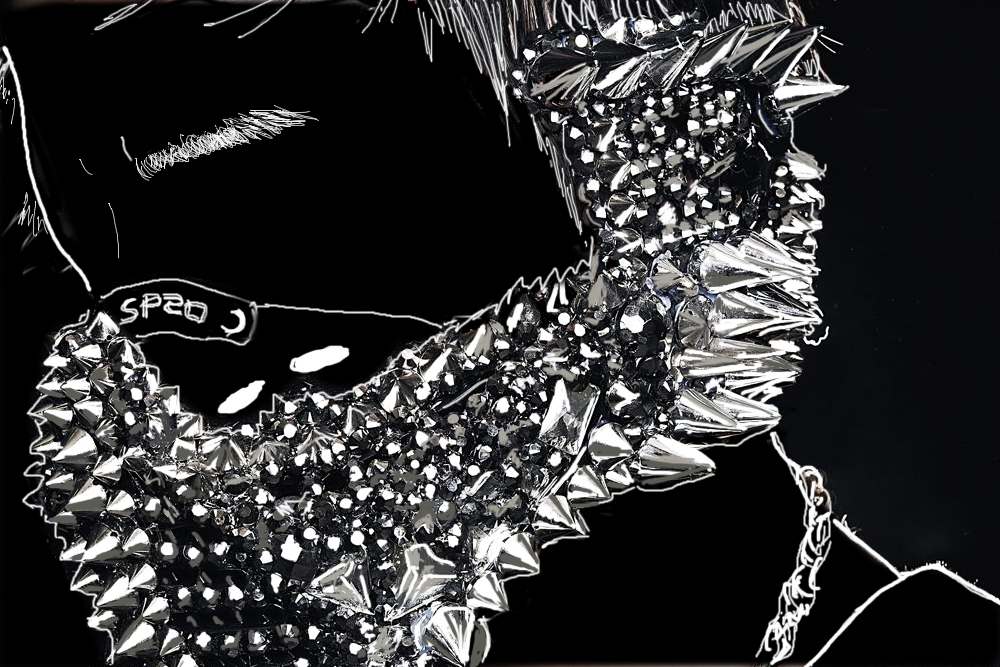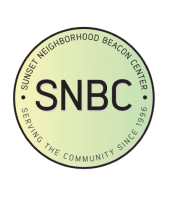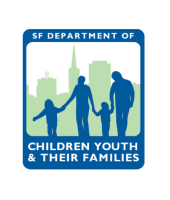Hey everyone! To kick off this cycle, I thought I’d introduce you to one of my favorite groups, BTS (방탄소년단 ). BTS (often simply referred to as Bangtan) is a seven member boy group under Big Hit Entertainment that debuted in 2013 with the song “No More Dream” from their first album, 2 Kool 4 Skool. My goal for this little project is to show you how they’ve grown and developed, not only musically, but also conceptually in the time from their debut until now. And to do that, what better way is there than to start with the unique fashion that K-Pop is notorious for?
*방탄 (bangtan), or bulletproof, represents the group’s mission statement of blocking the prejudice and suppression faced by those in their teens and 20s, and that they’ll protect their values through their music.
BTS officially debuted as a hip-hop group and hit the ground running with a rebellious, “bad boy” concept. Their message was focused mainly on the highly competitive and rigid education system in South Korea, as well as the cultural mindset that you must be academically successful in order to achieve happiness and success later on in life. In “No More Dream,” they address the idea of dreams vs. expectations and comment on how the youth, including themselves, lost sight of their dreams because of the demand from parents and school to focus on high paying career paths, rather than what they truly care about. It’s a call to action to all their listeners to take a step back and ask themselves what they really want to do, and to find those dreams and passions again.
Emblematic of the trends among male groups during that time, this era heavily employed the use of oversized gold chains, big rings, backwards snapbacks and baggy shirts over basketball shorts, modeled after their (rather cliched, imo) perception of Western/Hip-Hop culture to establish their “tough” image. And as always, how could you ever forget the copious amounts of eyeliner and hairspray that are essential to any bad boy concept in K-Pop (I like to think of this as their “It’s not a phase, mom” phase.) For the fashion concept behind the music video for “No More Dream,” they mainly utilized clothing from British brand Kokon to Zai and American clothing brand Hood by Air.
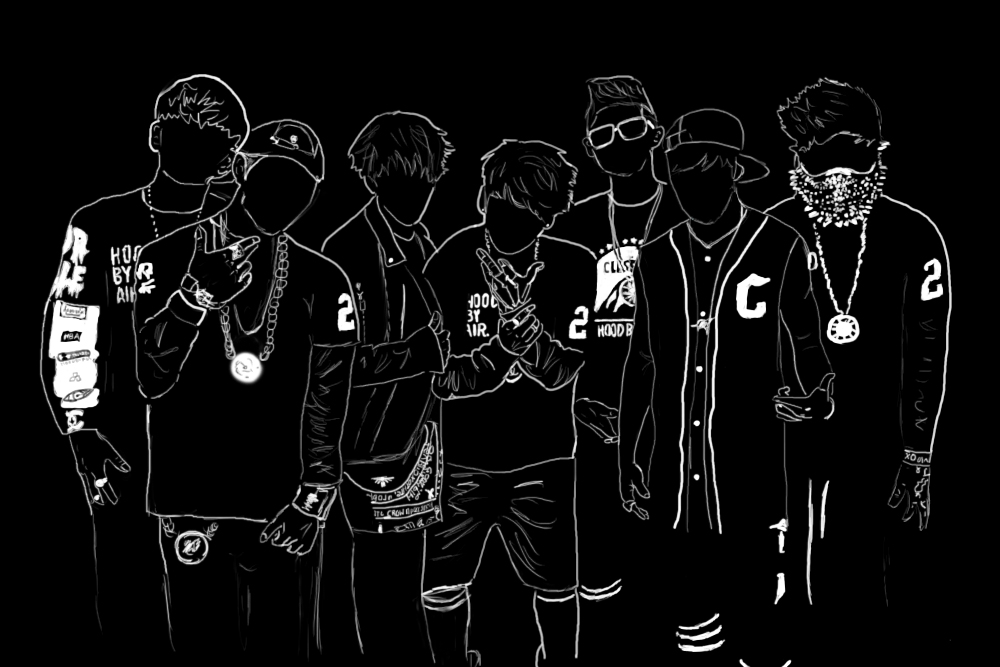
This same theme continued in their next album, O!RUL8,2? and in the record’s feature track, “N.O.,” which again comments on the harsh standards placed on students from the time they first step into a classroom, criticizing the way students are defined by their grades instead of by who they are as individuals. As a group that received heavy criticism from the beginning, and who were told were never going to make it big, BTS heavily emphasizes pursuing your dreams no matter what others say.
The wardrobe for the “N.O.” music video is similar to that in the video for “No More Dream.” We see the return of oversized gold jewelry and baggy shirts over basketball shorts, but with an almost inverse color scheme, where white is the dominating color as opposed to black, which dominated the earlier video.
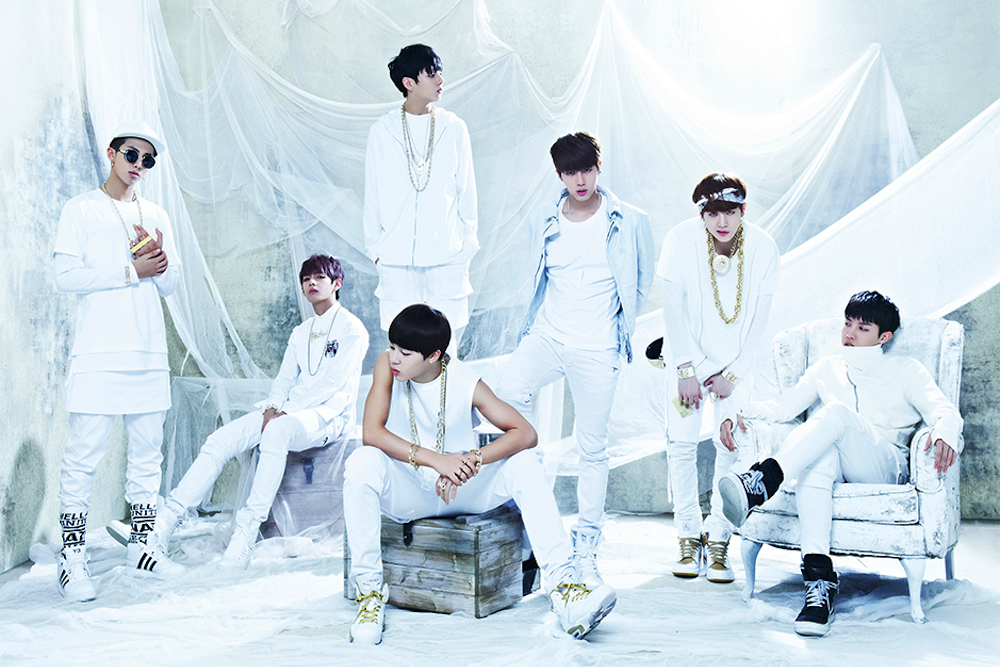
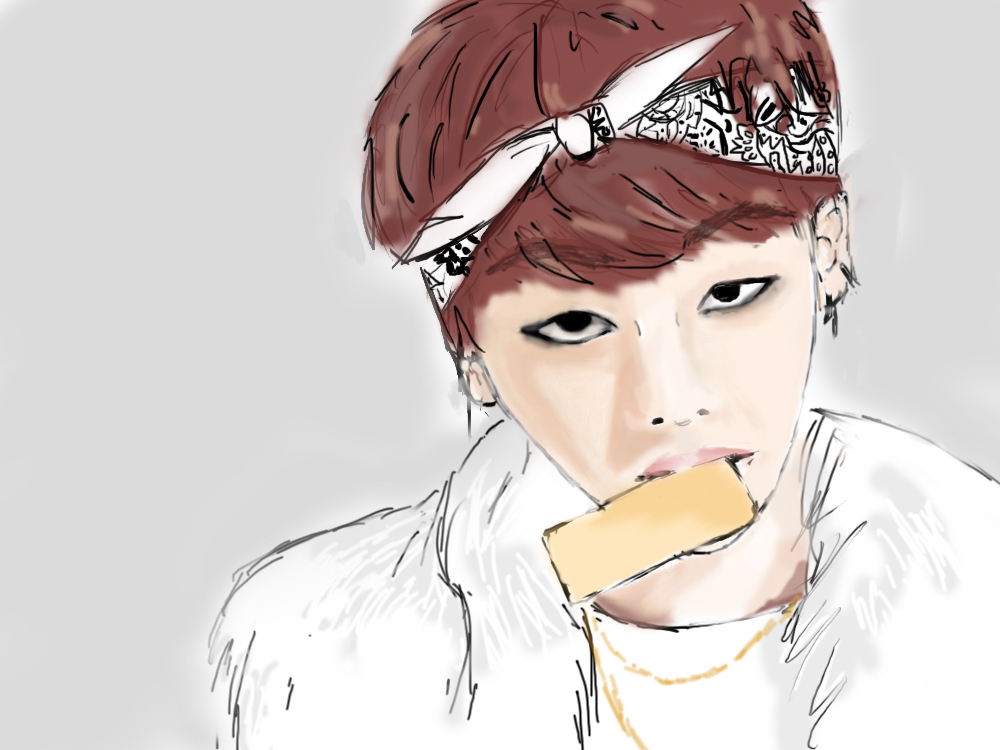
Although they were criticized for their lack of realism (and even for being “sellouts” since some rappers of the group formerly performed in the underground scene), BTS has stayed true to their name and proven wrong those who said they were never going to make it big.
Stayed tuned for the next part of this series, where I’ll be going into the more defining eras both aesthetically and conceptually of BTS’s career so far!

